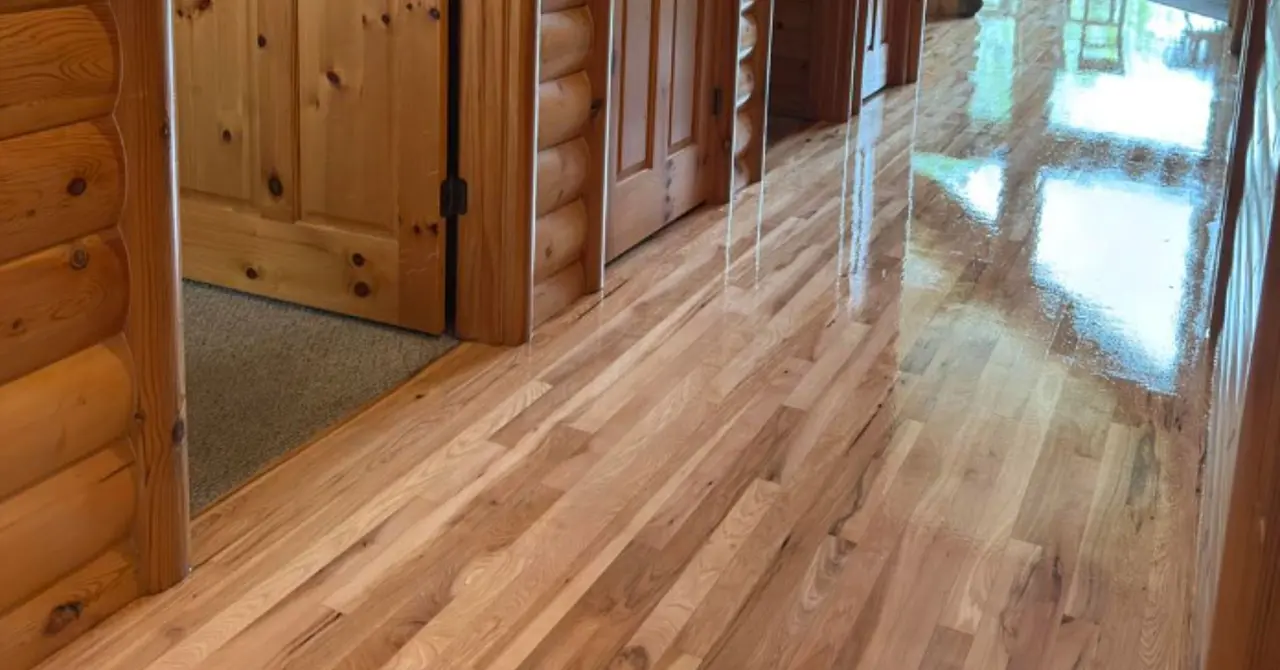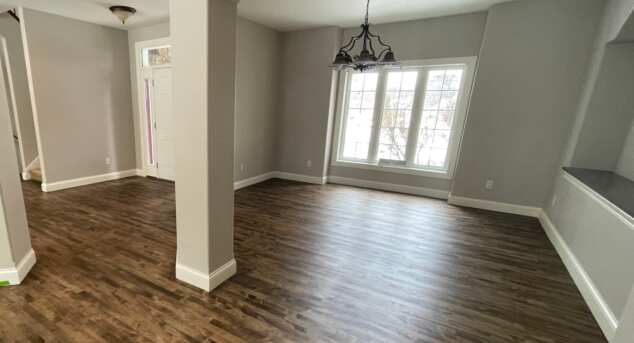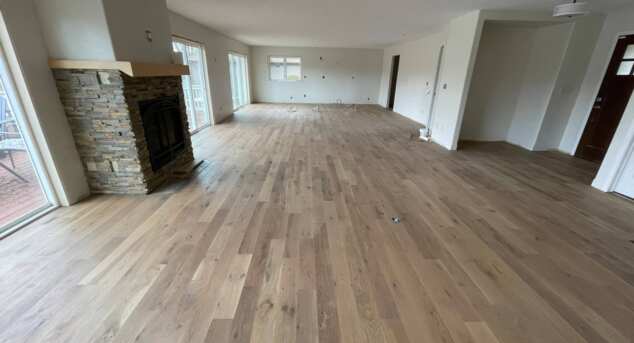How to Find the Right Hardwood Floor Cleaning Method (for Your Floor)
Posted by Aaron Schaalma
Hardwood is tough, beautiful, and—when you use the right routine—surprisingly easy to keep clean. The trick isn’t just what you use, it’s matching the method to your floor’s finish and sticking to a simple schedule.
Below is a no-nonsense guide to picking a cleaner and a method that protects your investment and keeps your floors looking freshly finished.
Step 1: Identify your floor and finish
Cleaning success starts with knowing what you’re standing on:
Solid or engineered hardwood with a surface finish (most common): Site-finished or prefinished with polyurethane, waterborne urethane, or UV-cured aluminum-oxide.
Cleaning style: pH-neutral, hardwood-specific cleaner + microfiber; minimal moisture.Oil- or hard-wax-finished wood: Penetrating oil (e.g., natural oil) or hard-wax oil.
Cleaning style: the finish manufacturer’s soap/maintenance products; avoid generic household degreasers or ammonia.Waxed floors (legacy installs): Paste wax on bare wood.
Cleaning style: dry dusting; spot-clean carefully; avoid water (other than vinegar water) and all-purpose cleaners.
If you’re unsure, test a hidden spot: a few drops of water that bead and sit on top suggest a film-forming (poly/UV) finish; immediate darkening can indicate a penetrating finish. When in doubt, follow the most conservative method (pH-neutral hardwood cleaner, damp-not-wet microfiber) or ask a pro.
Step 2: Choose a cleaner that matches the finish
A good rule of thumb: use a cleaner made for hardwood floors—ideally one recommended for your exact finish type. That usually means a pH-neutral formula that lifts dirt without stripping or dulling the coating. The National Wood Flooring Association (NWFA) advises using a cleaner specifically designed for the finish on your floor and avoiding excess moisture.
What to avoid (for most hardwood finishes):
Steam mops (risk of forcing vapor into seams and breaking down the finish).
Vinegar, ammonia, bleach, or “oil soap” on film-forming finishes (they can dull or degrade the coating).
String mops and buckets that leave the floor wet (standing water = cupping, warping, finish damage).
Step 3: Match the method to the mess (and keep water low)
Here’s a simple method matrix you can keep on your phone:
Daily / High-traffic touch-ups
Tool: Soft broom, dustpan, or dry microfiber dust mop.
Why: Grit acts like sandpaper; removing it prevents micro-scratches.
Weekly
Tool: Vacuum with hard-floor setting (beater bar off) to pull dust from seams/baseboards.
As needed (spots & film)
Tool: pH-neutral hardwood cleaner + damp (not wet) microfiber pad. Lightly mist the pad or floor; work in sections; dry any excess immediately.
Deep clean (monthly or when you see haze)
Tool: Same cleaner + fresh pad; slow, overlapping passes; buff dry with a clean microfiber towel. (For oil/hard-wax finishes, use the brand’s soap/maintenance products.)
Step 4: Do a 10-minute “method check” before you commit
Before you clean the whole house, test your cleaner and technique:
Pick a hidden area (behind a couch or in a closet).
Clean a 2’×2’ square with your intended cleaner and a damp microfiber pad.
Check after it dries: no streaks, no haze, no tacky feel. If it looks brighter and slick-free, you’re good to go. If you see smearing or dullness, switch products or consult the finish manufacturer.
Step 5: Build a simple schedule you’ll actually follow
Dust daily (or every other day in busy homes).
Vacuum weekly.
Clean with hardwood cleaner when footprints or smudges appear (often weekly to monthly).
This rhythm aligns with expert guidance: frequent dry maintenance + occasional damp cleaning preserves sheen and extends finish life.
FAQs (fast answers)
“Can I use vinegar?”
For modern film-forming finishes, skip it. Vinegar’s acidity can dull the finish over time. Use a hardwood-specific, pH-neutral cleaner instead.
“Are steam mops safe if my floor is ‘sealed’?”
No. NWFA and industry pros caution against steam on hardwood—moisture vapor can penetrate seams and damage both wood and finish.
“My floor still looks cloudy after cleaning—why?”
Residue build-up from the wrong products (oily soaps, polish/wax, or all-purpose cleaners) often causes haze. Switch to a hardwood-specific cleaner; you may need a few cleanings to remove build-up. If haze persists, call a pro for a buff & recoat assessment.Having it professionally deep cleaned can sometimes remove residue.
“Engineered hardwood—same rules?”
Yes for cleaning (treat it like polyurethane-finished hardwood): dry dust, hard-floor vacuum, pH-neutral cleaner, minimal moisture.
Quick “Method Picker” (save this!)
If your floor has a modern poly/UV finish:
Use pH-neutral hardwood cleaner + damp microfiber. Avoid steam, vinegar, ammonia, oil soaps, wet mopping.If your floor has a penetrating oil / hard-wax oil:
Use the brand’s soap/maintenance system; buff dry. Avoid alkaline/acidic household cleaners.If your floor is waxed:
Use dry dusting; spot-clean carefully; occasional paste-wax maintenance. Avoid water and all-purpose cleaners.
When to call a pro
If you see widespread dullness that doesn’t respond to proper cleaning, scratches you can feel with a fingernail, gray wear paths, or boards moving/cupping, it’s time for a professional evaluation. You might only need a buff & recoat (fast, dust-light), not a full sand and refinish.
If you have any questions about your hardwood floors—and if you’re in Wisconsin—contact us for a free consultation. We’d love to help.
The bottom line
The best hardwood floor cleaning method is the one that matches your finish, uses pH-neutral, hardwood-specific products, and keeps water to a minimum—with steam strictly off the list. Build a simple routine of dry maintenance plus occasional damp cleaning and your floors will keep that just-finished glow for years.



